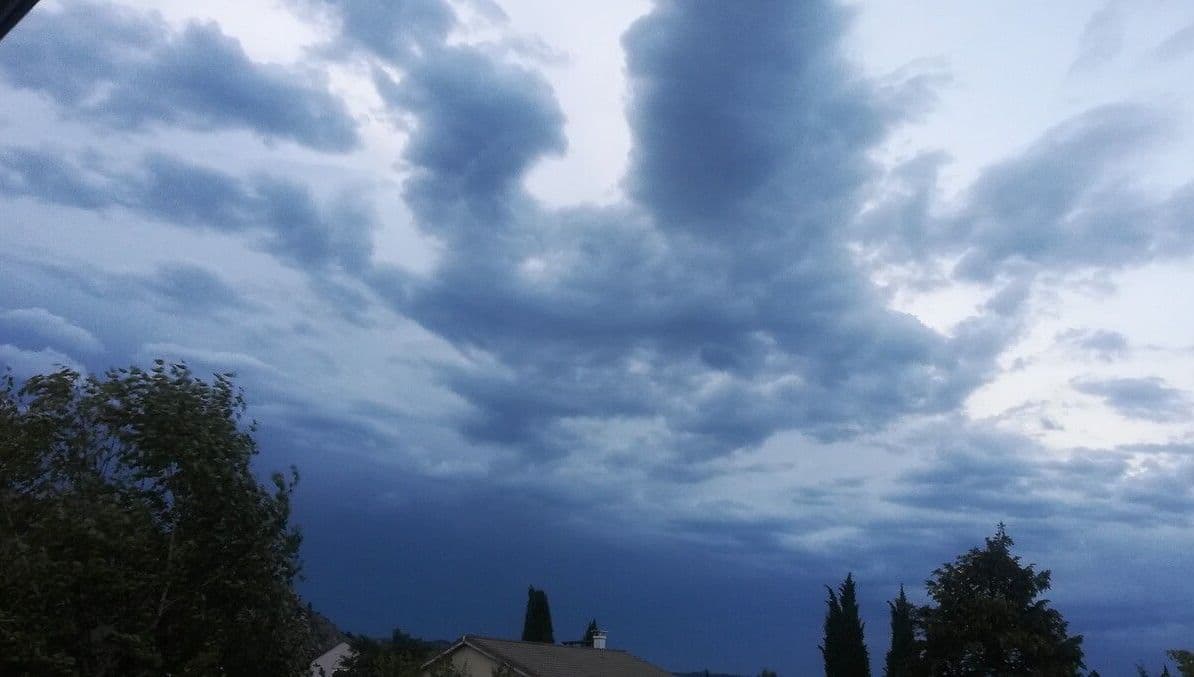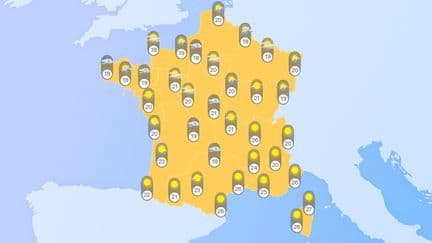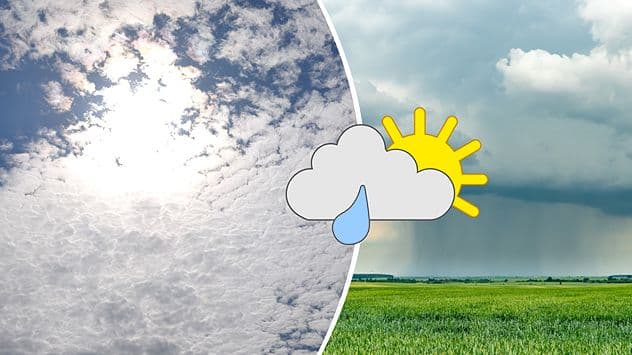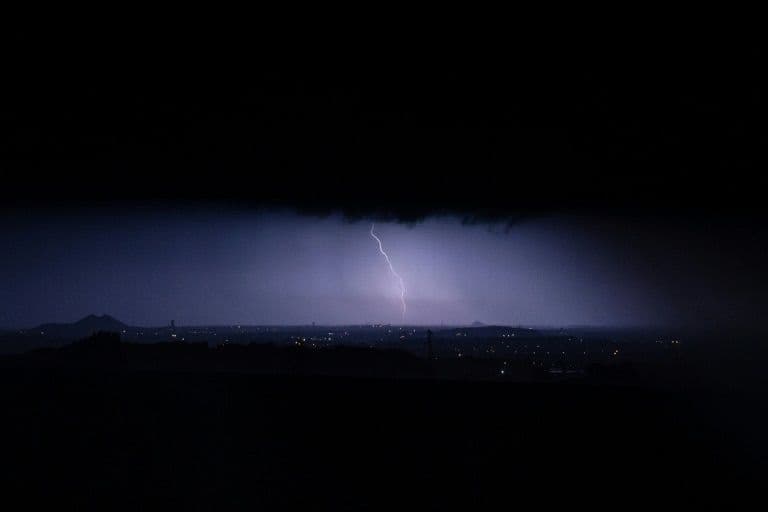Unpacking the Orange: Life Under France's Summer Storm Alerts
Explore France's 'Orange Alert' system: what it means for severe summer storms, regional impact, and how communities prepare for and adapt to unpredictable weather events.

The Orange Imperative: Decoding France's Weather Warnings
France's summer climate, often synonymous with sun-drenched holidays, is increasingly punctuated by periods of intense meteorological volatility. At the heart of managing this unpredictability lies 's sophisticated vigilance system, a colour-coded framework designed to alert the public to potential dangers. While green signals calm, and red denotes extreme peril, it's the 'Orange Alert' that frequently captures the nation's attention, signifying a significant, potentially hazardous weather event that warrants heightened caution. This alert level isn't merely a forecast; it's a call to action, indicating conditions such as heavy rainfall, often exceeding 20-40mm in just a few hours, coupled with intense electrical activity, and the risk of damaging hail. Recent alerts have seen departments like , , , , , and in the Centre-East, as well as and , placed under this orange imperative. These warnings are issued proactively, sometimes hours before the storm's arrival, giving residents a crucial window to prepare for what lies ahead. This system underscores a national commitment to public safety, transforming complex meteorological data into actionable advice for millions.

The Storm's Fury: Regional Impacts and Real-Time Risks
When the 'Orange Alert' flashes across screens, the implications are immediate and tangible for the affected regions. The storms it heralds are far from ordinary summer showers; they are powerful phenomena capable of inflicting considerable disruption. In the Centre-East, for instance, forecasters have warned of intense downpours, with 30-60mm of rain expected to fall in under three hours, sometimes very locally, leading to rapid water accumulation and potential flash flooding. The and , frequently caught in these weather patterns, have experienced similar deluges, with up to 20-30mm per hour and daily totals reaching 50-80mm. Beyond the sheer volume of rain, these alerts frequently highlight associated dangers like significant hail, which can damage crops and property, and intense lightning, posing a direct threat to life and infrastructure. Indeed, past events have seen nearly 5,000 customers in areas like plunged into darkness due to power outages caused by these unpredicted, violent storms. Such real-time risks underscore why authorities urge extreme vigilance, especially concerning outdoor activities and travel, as conditions can deteriorate with alarming speed.
Life Under a Tempest Sky: Community Resilience and Personal Preparedness
Living under the constant possibility of an 'Orange Alert' fosters a unique blend of vigilance and resilience within French communities. When issues these warnings, the message is clear: prudence is paramount. Local authorities, often working in concert with departmental prefectures, swiftly relay critical information, leveraging local radio stations and digital platforms to ensure the public is informed. For individuals, this translates into a series of practical, often learned, preparedness measures. Residents are advised to avoid unnecessary travel, secure outdoor furniture and anything that could become a projectile in strong winds, and postpone outdoor activities. It's about staying indoors, staying connected, and staying safe. Beyond individual actions, there's a collective spirit of readiness; emergency services stand by, and infrastructure teams monitor for potential issues like fallen trees or disrupted power lines. This proactive approach, driven by readily accessible updates from official sources like the website and local news channels, transforms potential chaos into a managed response, reinforcing the idea that shared awareness is the cornerstone of community safety during severe weather.
Navigating the Unpredictable: Future Forecasts and Adapting to Change
While France's 'Orange Alert' system is highly effective, the challenge of predicting severe weather remains a complex, evolving science. The dynamic nature of these meteorological events means forecasts are constantly updated, with vigilance levels often shifting based on real-time developments, as seen when was downgraded from an orange flood alert to yellow. This inherent unpredictability, where an expected lull might be followed by renewed storm activity, especially over specific areas like the or the northern , underscores the ongoing need for advanced meteorological research and technological innovation. As climate patterns continue to evolve, potentially leading to more frequent and intense extreme weather events, adapting to change becomes crucial. This involves not just refining forecasting models but also strengthening infrastructure, educating the public on long-term resilience, and fostering a culture of continuous learning from each storm. Ultimately, navigating this unpredictable future requires a blend of cutting-edge science, robust community engagement, and a collective commitment to preparedness, ensuring France remains as resilient as its weather is varied.
Related Articles

France's Shifting Skies: A Day of Contrasts in Summer Weather

France's Shifting Skies: A Day of Contrasts in Summer Weather

Weather's Wild Swings: Navigating France's Dual Climate Realities

Weather's Wild Swings: Navigating France's Dual Climate Realities

France's Volatile Canvas: Unpacking the Extreme Weather Divide

France's Volatile Canvas: Unpacking the Extreme Weather Divide

Beyond the Thunderclap: Unpacking the Silent Dangers of Hailstorms
